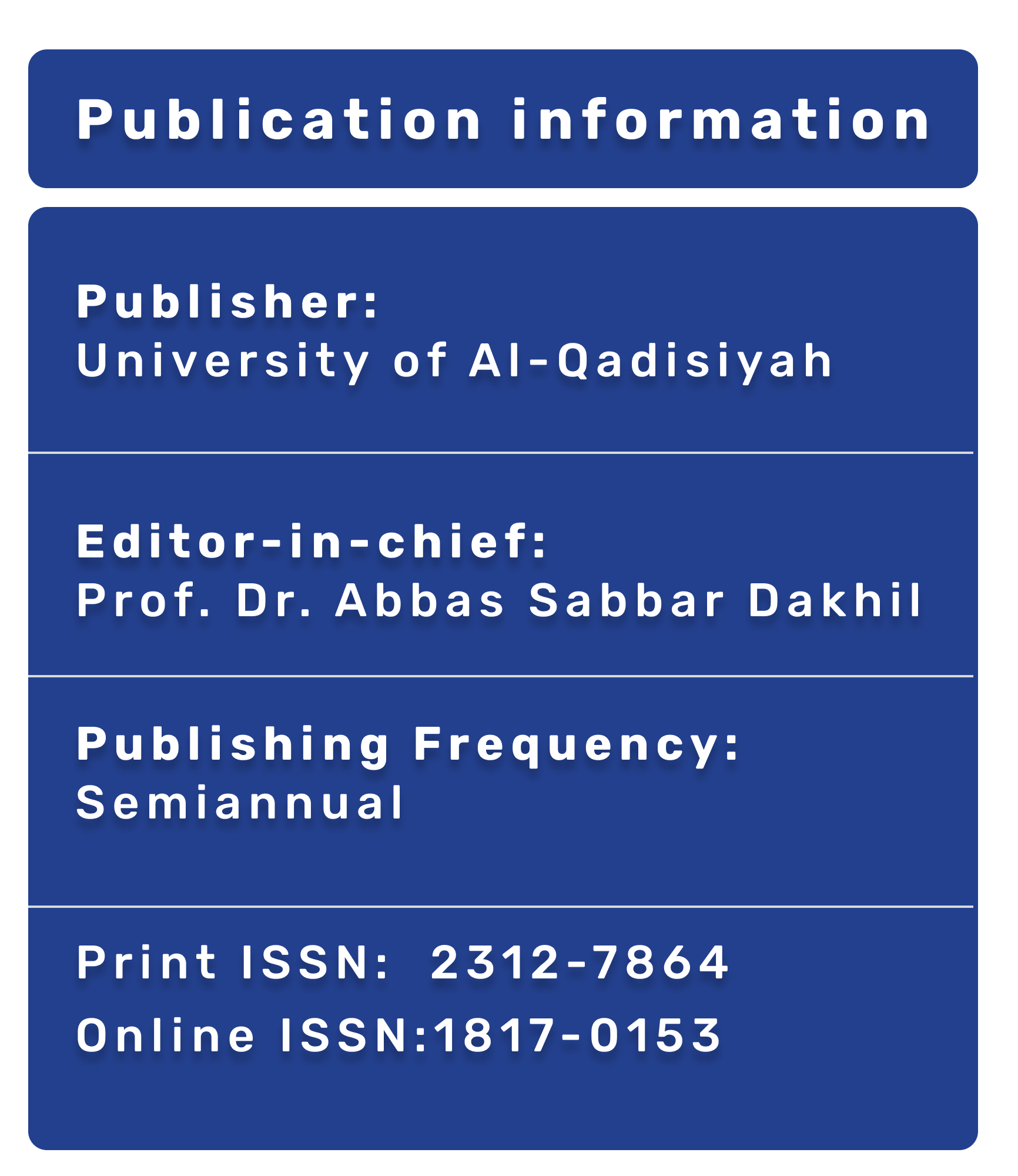Auditory brainstem responses in children with autistic spectrum disorder.
DOI:
https://doi.org/10.28922/qmj.v17i2.776Abstract
Background:
Autism spectrum disorder is a heterogeneous behavioral disorder characterized by qualitative deficits in social communication and interaction and restricted, repetitive behavioral patterns, activities, and interests. The assessment and management of autism spectrum disorder (ASD) is complex and therefore requires continuous efforts for developing evidence-based guidelines for the screening, diagnosis, and treatment of ASD. This research aims to study auditory brainstem response (ABR) in autistic children as a potential biomarker that could detect autism during early childhood.
Patients and methods:
The study was conducted on 60 preschool children comprised 11 females and 49 males who were recruited from the autism center and the pediatric neurology ward who met the DSM-IV criteria for autism in the Pediatric Hospital. Those with hearing , epileptic syndromes, psychotic illness, or other affective disorder were excluded from the study. Their mean age was 4.5±1.17 years. Another 50 (40 males and ten females) age- and gender-matched normally-developed children serve as the control group.. Childhood Autism Rating Scale used , audiological studies were performed with emphasis on ABR by a consultant of audiology.
Results:
Statistical analysis was done on the results and the study showed Wave V latency and I-V IPL of the brainstem auditory evoked potentials were significantly prolonged in both ears of autistic children when compared to the control group. The III-V IPL of the right but not the left ear was prolonged in patients with autistic children as compared to the controls. None of the wave latencies or IPL were associated with gender or severity for both right and left ears.
Conclusion:
There are distinct changes in BAEP in ASD children, especially the abnormal prolongation of conduction time, suggesting that ASD children may have brainstem dysfunction ,can be part of a generalized neurological dysfunction process that explains a change in the social, cognitive, language which are part of autistic behavior.








